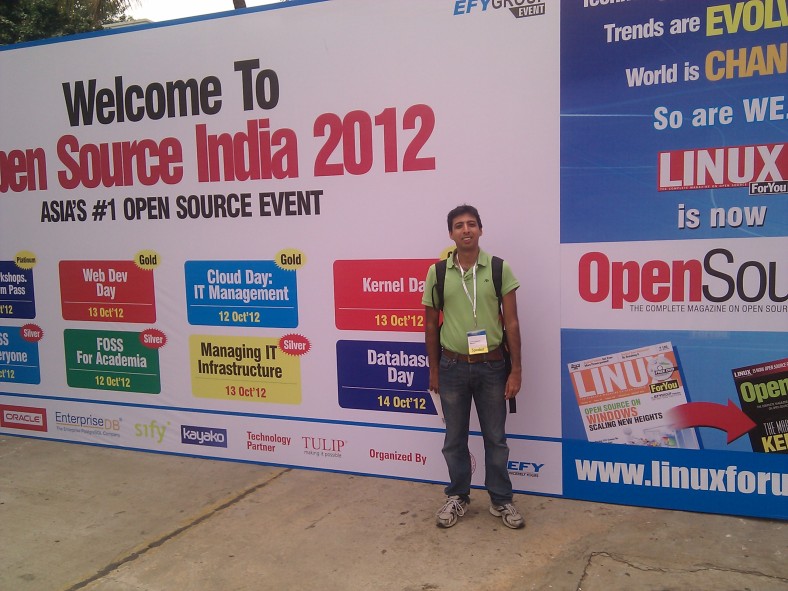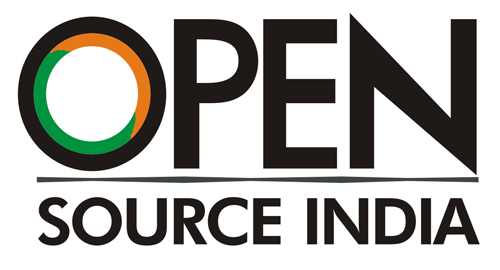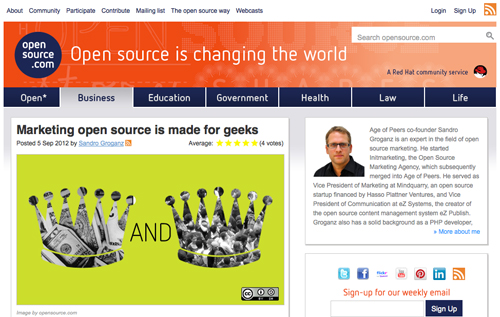This blog post lists some important things you should think about when making your first community manager hire, why credibility is the most important trait of character and why being quirky might be a virtue.
Full Time Job
If you’re an Open Source vendor that is serious about using your community to drive product adoption, then you need to invest as much time and effort in community development as you would in any other business activity, such as marketing or PR. And one of the first things you should do, is hire a full-time community manager, who will engage with the community on your behalf with a view to fostering community growth. Yes, full-time, because only then your community development efforts will start to pay out.
Role and Responsibilities
A community manager serves as the vendor’s representative to the community (the “human face” of the product), and has the big-picture goal of creating strong, mutually beneficial relationships between the vendor, the community and related third-party communities. It’s an important and demanding role, and one which requires both tactical and diplomatic skills. The success of the company’s community development effort depends heavily on how well its community manager wields these skills, and how he or she is perceived by the community.
There are many roles of a community manager, the most important responsiblities are as follows:
Disseminating information: The community manager is responsible for writing blog posts, articles, and tutorials; answering questions in discussion forums and mailing lists; and providing news and updates through social media properties like Twitter, Facebook, and so on. In general, it is the community manager’s responsibility to ensure that there is an abundance of information available to the community on all relevant topics of interest. Of course, this responsibility includes that a community manager coaches and supports staff and active community members in doing the same.
Moderating community-vendor communication: The community manager is an intermediary between the company and the community. This means that he or she is responsible for bringing important community issues to the attention of company management and mediating between the company and the community to find a mutually acceptable solution.
Planning and attending community events: The community manager is responsible for planning community events, such as developer or user group meetings, workshops, BoF/unconference sessions and so on. The community manager is also responsible for attending high profile Open Source events to liaise with peers from other Open Source communities to either raise product adoption or to learn more about community development tactics of other vendors and projects.
Analyzing performance: The community manager is responsible for collecting statistics and success stories to allow top management to understand the effects of community development. The community manager is also responsible for collating community feedback (for example, product feature requests) into actionable items for the company.
Qualifications
First and foremost, a Community Manager needs to be a good (ideally great) communicator. He or she should be fluent in English as well as the native language of the region where the company is based or where its largest market is. This is because the community manager will be constantly interacting with end-users, developers, partners and other community participants and so, it is critical that he or she is able to identify the problem or need of the person being communicated with and respond appropriately. Language fluency is also important for creating content such as blog posts, newsletters, and articles.
A community manager also needs to be capable of dealing with different interest groups in a consistent and ethical manner. As a community grows, participants and needs will coalesce into groups, and managing the relationships and tensions between these groups is an important part of a community manager’s job. It’s important that a community manager demonstrate the enthusiasm and commitment to deal with important issues in a positive and respectful manner.
A community manager will be required to be present at (or even host) community development events, such as developer meetups, workshops, conferences and so on. Since this typically means interacting with strangers, a community manager should be comfortable in social situations involving large groups. The best community managers are approachable, outgoing and highly social, and are expert at making community participants feel included in, and valuable to, the community.
The community manager should also have some technical knowledge, both to understand and communicate the technical aspects of the product, and to ensure the availability of sufficient infrastructure for the community to collaborate on driving the product forward. This doesn’t necessarily mean that the manager needs to have previous experience as a software developer; it simply means that he or she should be comfortable with the typical tools of Web collaboration (wikis, mailing lists, forums…), and has a working understanding of the product’s technical platform and key features.
Finally, when it comes to community management, there’s no substitute for battle experience. An Open Source community is a sensitive animal and so, it’s always good to hire a community manager who can demonstrate relevant experience hosting and growing other Open Source communities. This ensures that he or she knows the tricks of the trade and has the ability to quietly (and diplomatically) head off confrontations and conflicts before they become serious problems or cause reputational damage to the firm.
Conclusion
The role of a community manager is an important one, and no single person can claim to know it all. Therefore, when making your first community manager hire, it’s important to select a candidate who meets most of the qualifications above, but is also willing to learn, evolve and grow into the role.
It’s also important to remember that no community manager will win the hearts and minds of the community on his or her first day at work. However, if he or she takes care to play a facilitative, ethical and neutral role, chances are that your community will quickly embrace its new manager.
What counts most is credibility. A good indicator for a good candidate is (no kidding) if top management finds him or her quirky. That’s because the candidate has a strong personality and tends to call things as they are. It can be quite hard to find a community manager who becomes highly credible and who also understands how to generate leads.
The combination of social skills and strategic thinking is rare in this field. Yet, once the community development strategy is well defined (e.g. by coordinating community development with marketing or through an external agency), nothing tops a community manager who nurtures community growth due to a genuine interest in helping each member, which will ultimately lead to increased profits.







